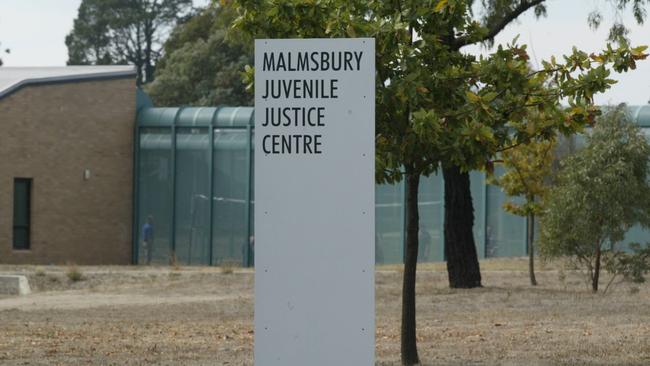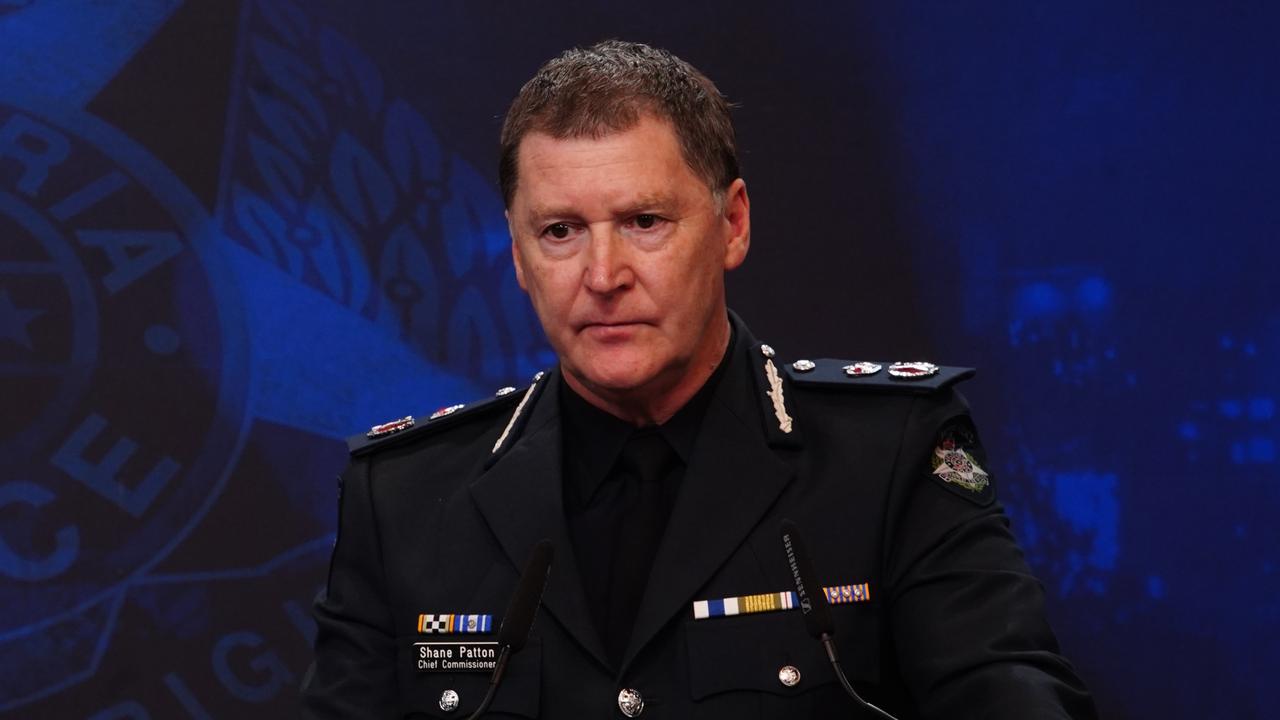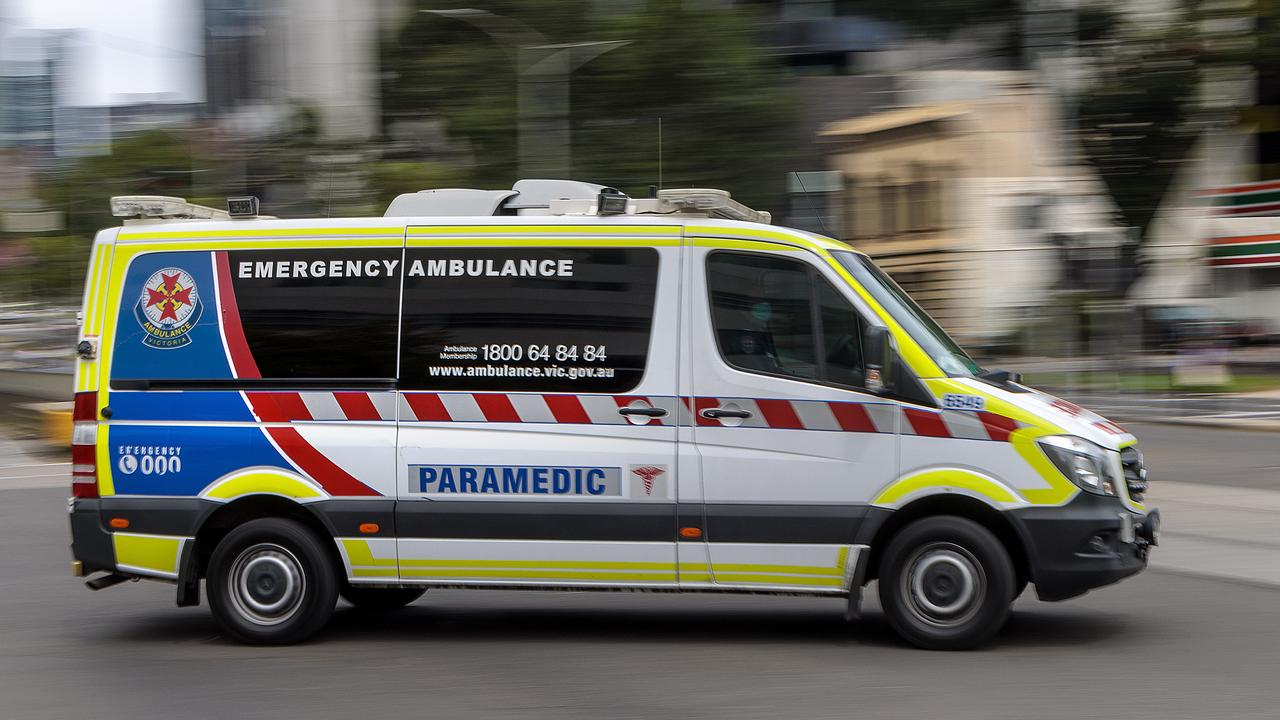Malmsbury youth justice centre: Plan to tackle youth prison violence
Behavioural specialists are being employed to help combat violence from out-of-control teens in a Victorian youth prison.

Police & Courts
Don't miss out on the headlines from Police & Courts. Followed categories will be added to My News.
A troubled Victorian youth prison will engage behavioural specialists to help undertake a systematic reset after a recent string of violent attacks on staff.
Prison workers at Malmsbury youth justice centre will get additional behavioural awareness training as well as being bound to enhanced security protocols to further protect themselves on the job.
In the most alarming of recent attacks, a prisoner struck a staffer up to 20 times in the head, leaving him with a broken jaw which required specialist surgery to insert a titanium plate in his face.
“We are looking at a bit of a reset,” Youth Justice Minister Natalie Hutchins said.
“There will be specialists on the ground to help, also retraining staff in behavioural awareness — how to manage it and refer when that child looks like they need help.
“Ensuring management is taking measures to make sure staff are not caught out alone and they are in pairs and teams at all times, that is how we protect our staff.”
Data obtained by the Sunday Herald Sun shows serious assaults within Victoria’s youth justice facilities have dropped significantly after peaking at an alarming 361 recorded incidents in the 2018/19 financial year, with a total of 120 incidents in 2020/21 — down from 176 the year prior.
Victoria’s Commissioner for Youth Justice Jodi Henderson said daily dynamic risk assessments of every prisoner had become mandatory and helps to reduce the risk for staff.
“We really try and understand the group of kids, get ahead of the game,” she said.
“We are trying not to mix too many kids together because they can escalate quickly — they can go from zero to 100.”
Ms Henderson started her posting five years ago when Victoria’s youth prisons were in crisis, after 20 young offenders escaped from a secure unit in 2017.
Under her tenure assaults have dropped, saying it could be attributed to staff logging less serious category two incidents, which harnessed vital intelligence to help avoid more dangerous category ones.
“Often (category twos are) our indicators about behaviours that are disruptive or dangerous,” she said.
“If they are pushing a staff member, or throwing a toilet paper roll at them or squirting them with shampoo. If you have little children doing that, it’s kind of funny, when you are 16 it is not, it’s dangerous behaviour. It will quickly flip into something else.”
Ms Henderson said while she was confident the worst of the crisis was over, there was more work to be done.
“I want us to be the best youth justice system in the world,” she said.
“I am very optimistic that our plan is working well. I can see signs of stabilisation and improvement.
“If we don’t turn around these kids’ lives and throw everything at them, we are not creating citizens for the future and that doesn’t make Victoria safe.”
Minister Hutchins said she was confident the worst of Victoria’s youth justice crisis was over, after a tumultuous few years in the headlines.
“The figures speak for themselves, I know we had recent incidents, but we are getting on top of it when you look at the long term trajectory,” she said.
“All of these problems stem from the fact we have pretty complex kids, that is why they are in youth justice.
“It goes back to behavioural problems, mental illness, personality disorders, some have acquired brain injuries but have never been assessed until they are in custody.
“Sometimes it is the same offender over and over. Sometimes as they get older it gets harder to manage, particularly with personality disorders — there is not always a quick fix.”


